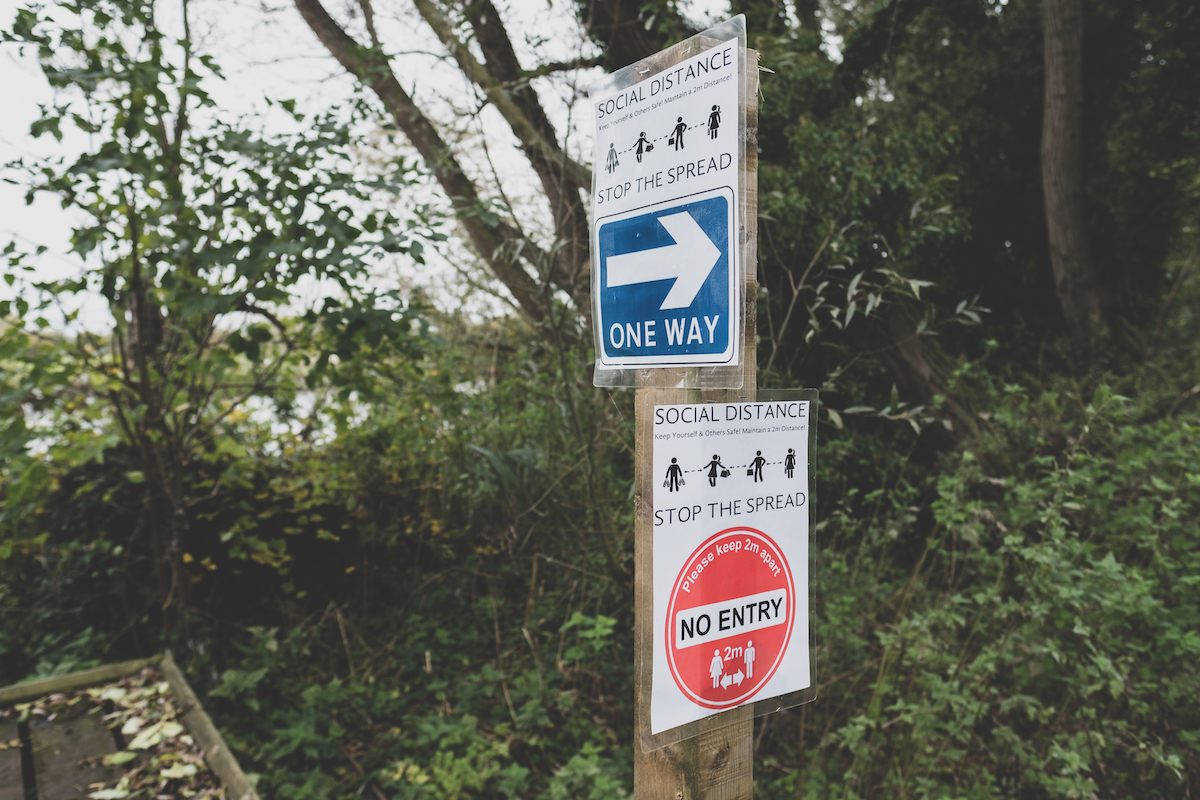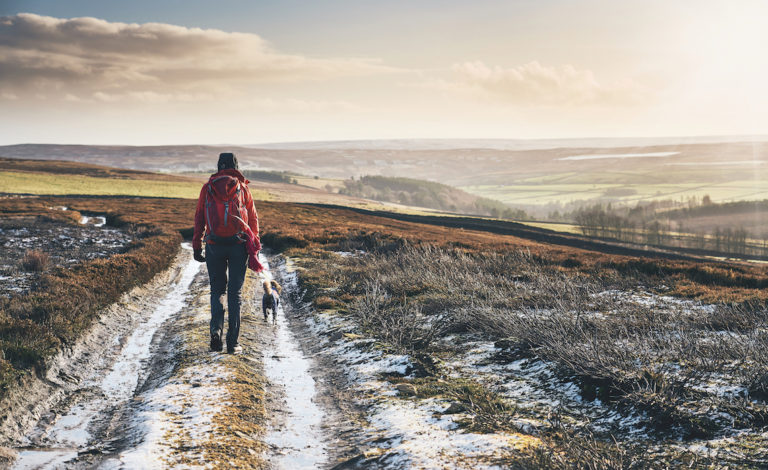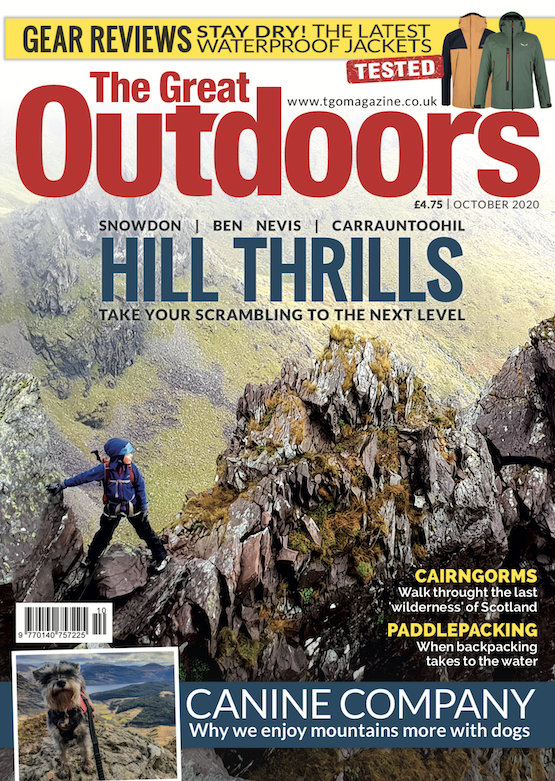How risky is it to take a local walk, run or ride? We take a look at what the latest science says about the danger of passing on the virus in the outdoors.
Throughout the pandemic, media attention and public debate has often focused on outdoor settings – local parks and green spaces, national parks, beaches, popular mountains – and people’s behaviour in relation to them.
Apparent overcrowding and ‘rule breaking’ in outdoor contexts has frequently made headlines, most recently with the story of the fined Derbyshire walkers Jessica Allen and Eliza Moore (Derbyshire Police have since dropped their fines and issued them an apology).
You might be forgiven for thinking that outdoor exercise is a big risk when it comes to virus transmission. But with research constantly being undertaken into how the virus spreads, what does the latest science say?
Low risk
The picture is complex, but in general ongoing research continues to shore up the messages scientists have emphasised all along: by far the highest risk is found in indoor environments. Risk in the outdoors is not non-existent but it is much lower.
According to a report in the Journal of Infectious Diseases, published in November 2020, five studies have found that less than 10% of reported global SARS-CoV-2 infections are thought to have occurred outdoors. Where outdoor transmission has occurred, it has often been associated with close interactions, such as one-to-one conversations over an extended period of time, and settings where people mixed occasionally indoors alongside an outdoor setting.

Social distancing signs in a country park. Photo: Shutterstock
Findings from a contact-tracing study in Japan suggest that transmission indoors is almost 19 times higher than within outdoor environments.
A study by researchers at the London School of Hygiene and Tropical Medicine found that transmission occurred indoors in 197 out of 201 Covid clusters identified across the world up until the end of March last year. The ‘outdoor’ clusters were associated with construction sites in Singapore.
The Italian media have reported a story of a runner contracting Covid while jogging in the town of Codogno, Lombardy – but in general, evidence of transmission through outdoor exercise is very rare.
A draft paper involving three members of Mountaineering Scotland published in October last year concluded there was evidence of anyone becoming infected with SARS-CoV-2 during outdoor mountain sports, but this paper has yet to be published or peer-reviewed.
Misleading
Given the low risk of transmission in outdoor contexts, some scientists have warned that the frequent media attention on outdoor settings risks misleading the public.
A paper lead-authored by Muge Cevik, an infectious diseases researcher at the University of St Andrews, warned: “Without clear public health communication about risk, individuals may fixate on unlikely sources of transmission—such as outdoor activities—while undervaluing higher-risk settings, such as family and friend gatherings and indoor settings.”
However, experts still stress the need to be careful in outdoor settings and follow social distancing guidelines particularly given the spread of the new, more infectious ‘B117’ variant, which is prevalent in the UK.
There have been examples of transmission outdoors where people have interacted for extended periods of time, such as a cluster of 20 cases thought to originate in a park in Munster, Germany. These cases emphasise the importance of staying at least six feet from people you don’t live with, keeping interactions with others as short as possible, washing your hands, and avoiding touching your face.
Read more: useful links
- British Mountaineering Council guidance for walkers and climbers in England
- Mountaineering Scotland guidance for walkers and climbers in Scotland
- British Mountaineering Council guidance for walkers and climbers in Wales
- Ramblers advice on coronavirus for walkers across the UK
Subscribe to The Great Outdoors
The Great Outdoors is the UK’s original hiking magazine. We have been inspiring people to explore wild places for more than 40 years.
Through compelling writing, beautifully illustrated stories and eye-catching content, we seek to convey the joy of adventure, the thrill of mountainous and wild environments, and the wonder of the natural world.
Want to read more from us?
- Get three issues of the magazine for £9.99, saving 30% with free UK home delivery.
- Take out a full subscription at just £15 for your first six issues.
- Order the latest issue and get it delivered straight to your door for no extra cost.
- Catch up on content you may have missed by buying individual back issues with free postage and packaging.








